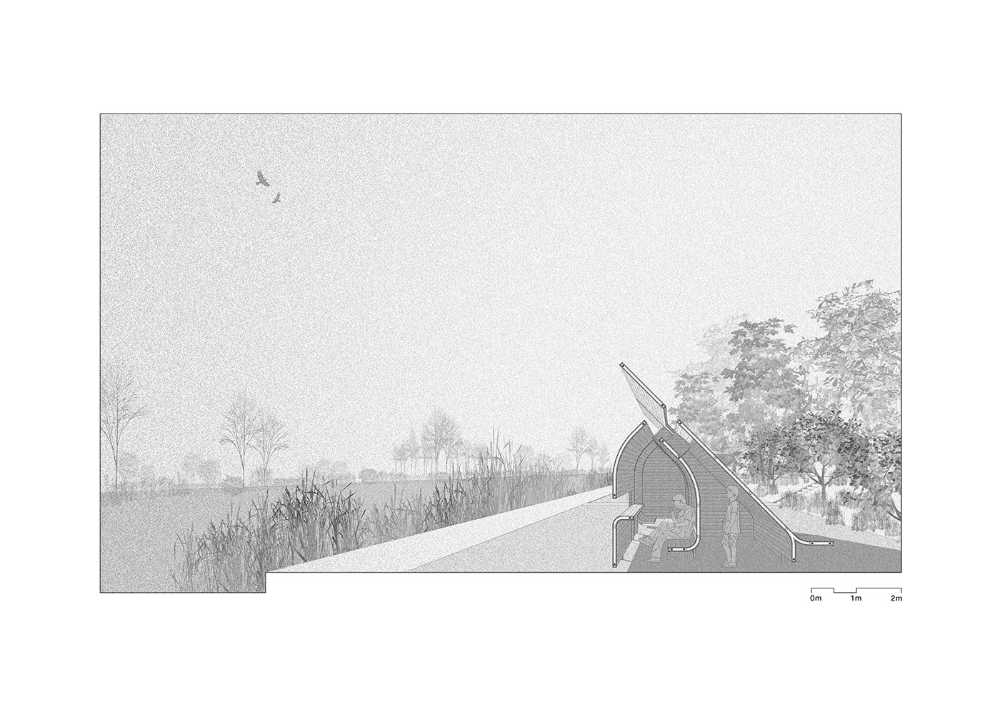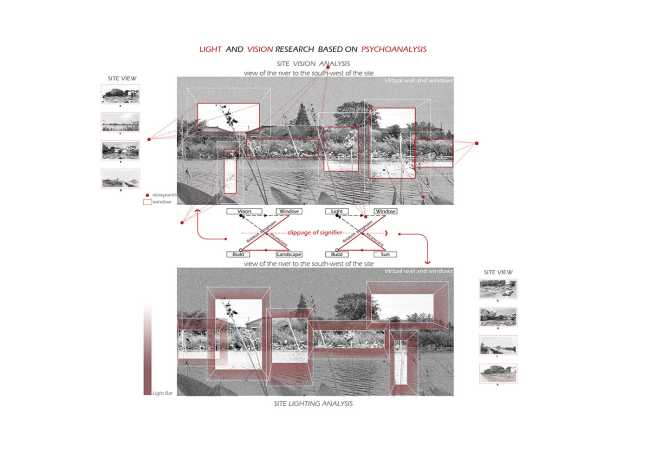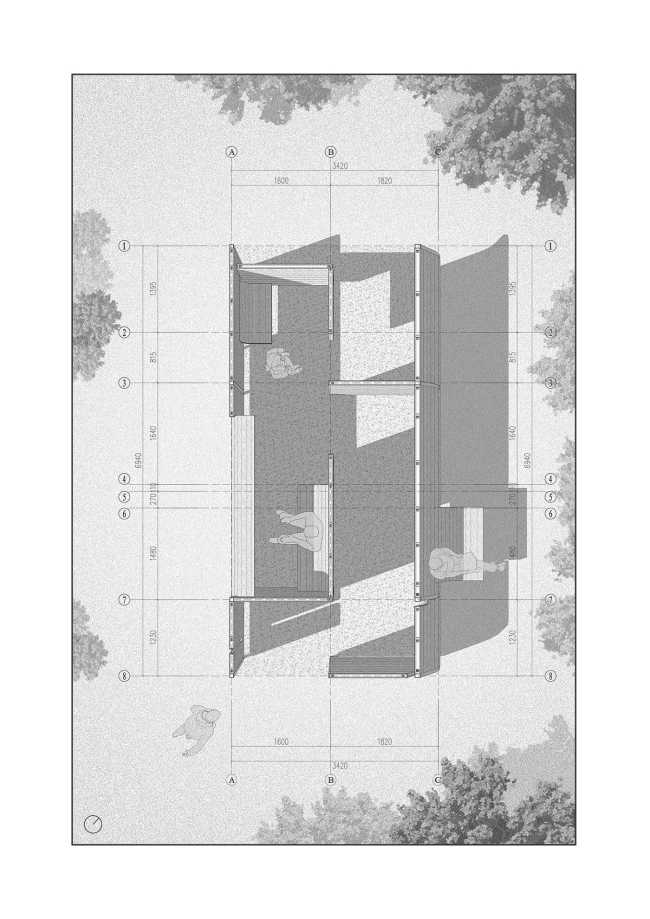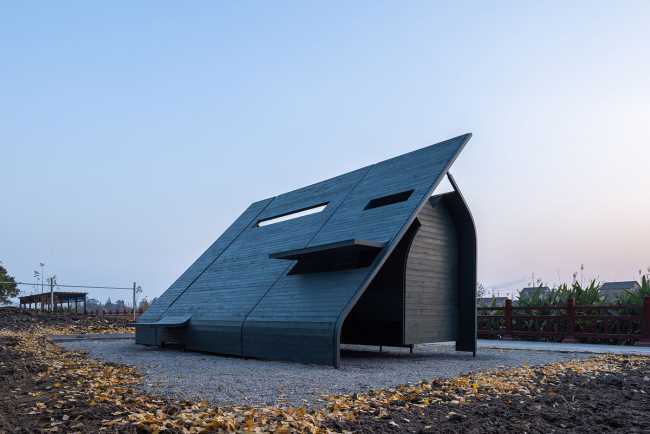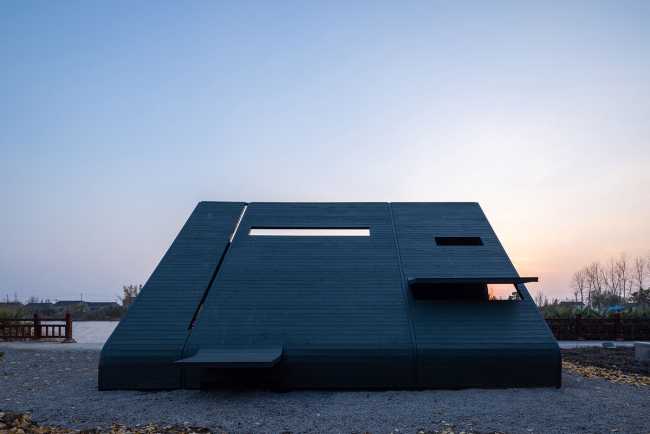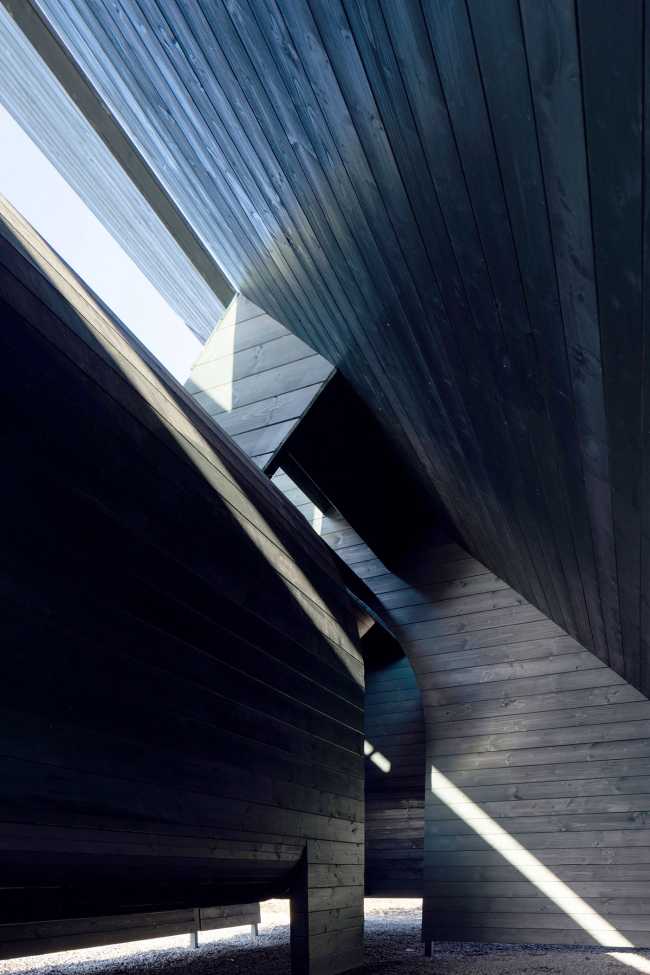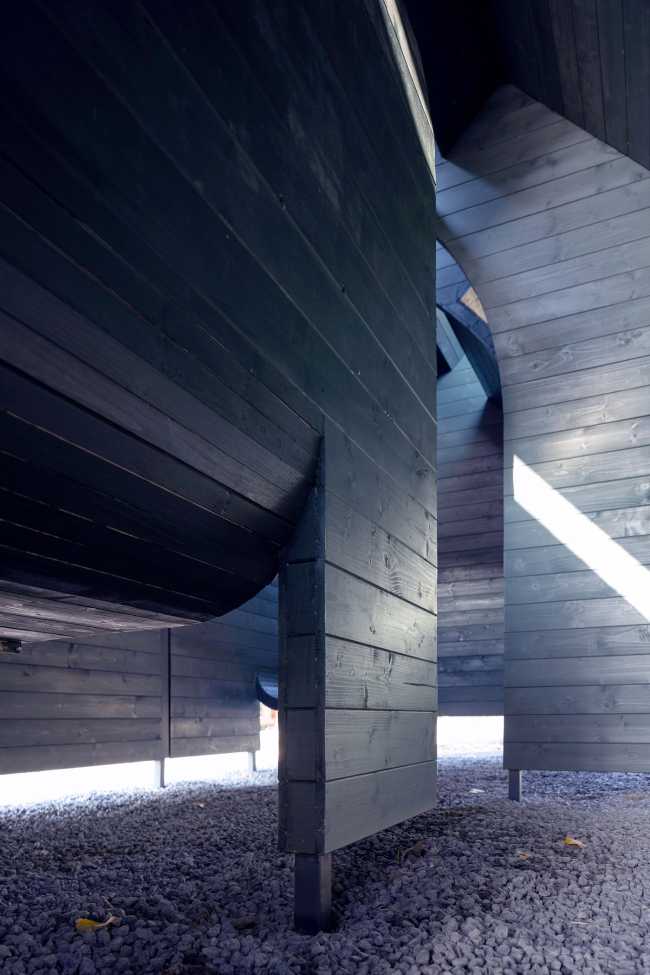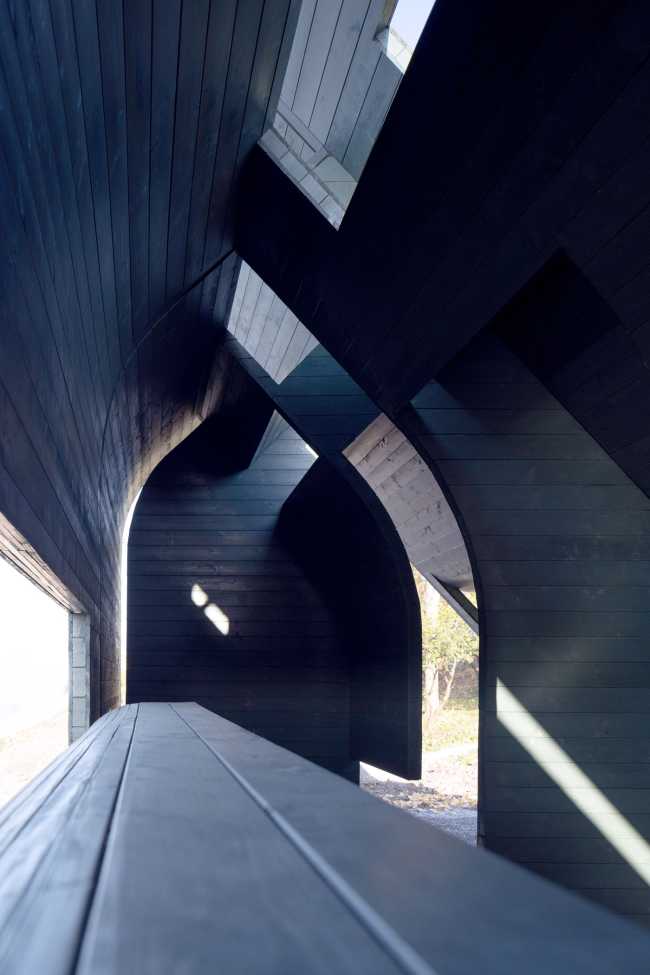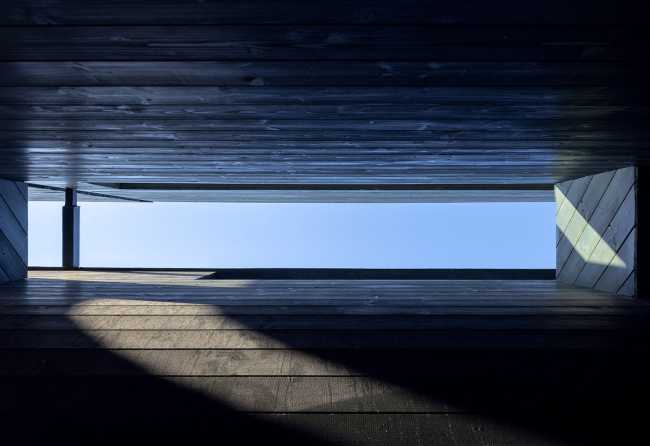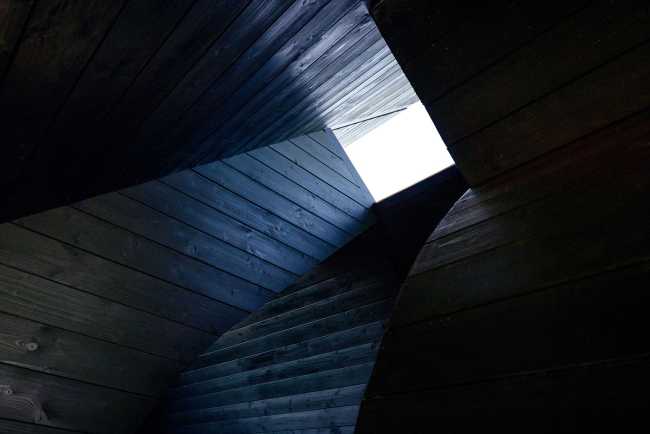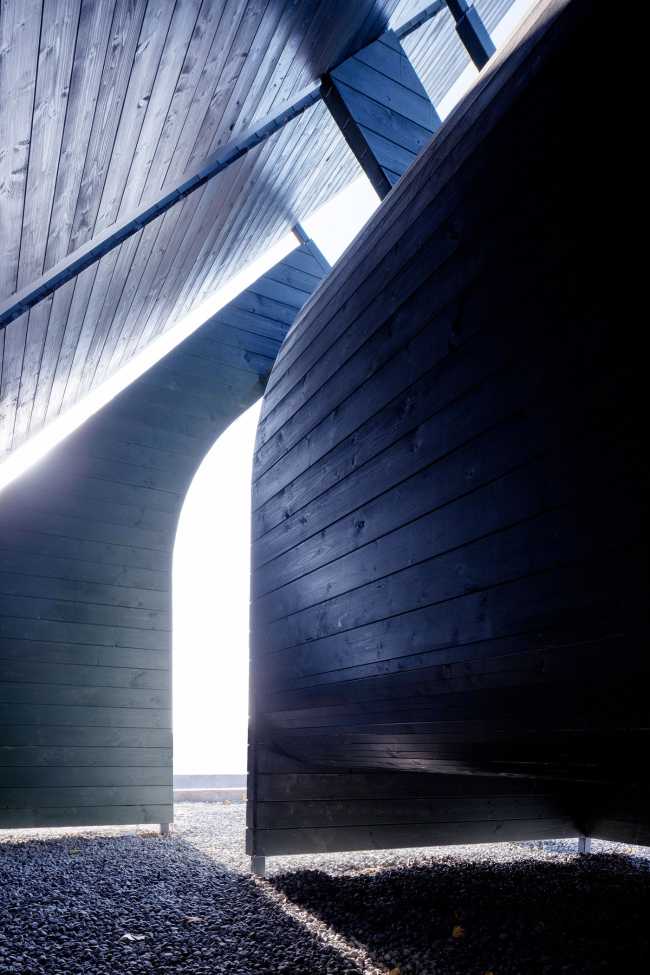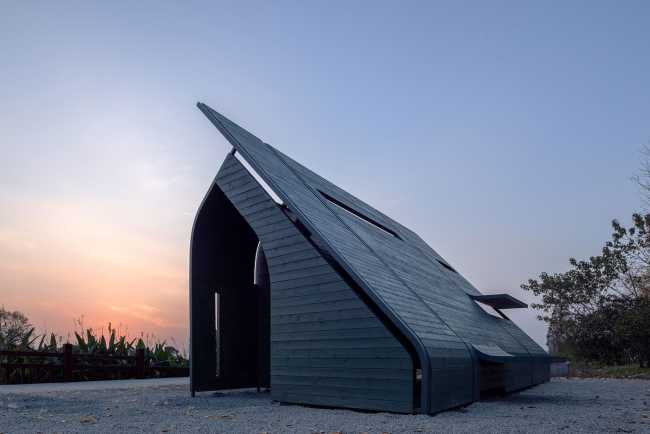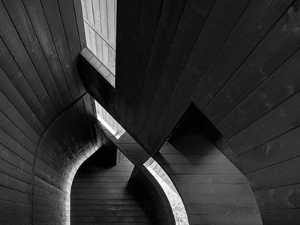After analyzing the site near the river in the tourist area of Jiangxin Island in Zhenjiang, Shanghai, the design LIN Architects, to give life to this wooden pavilion focuses on three key words: ergonomics, proxemics and behavior. Through keyword research, the designers began to create new forms of space in response to the various elements around it: human behavior, such as sitting, crouching, lying down, meditating, listening, peeping, wandering, overlooking and even staring, become "the shape of space"
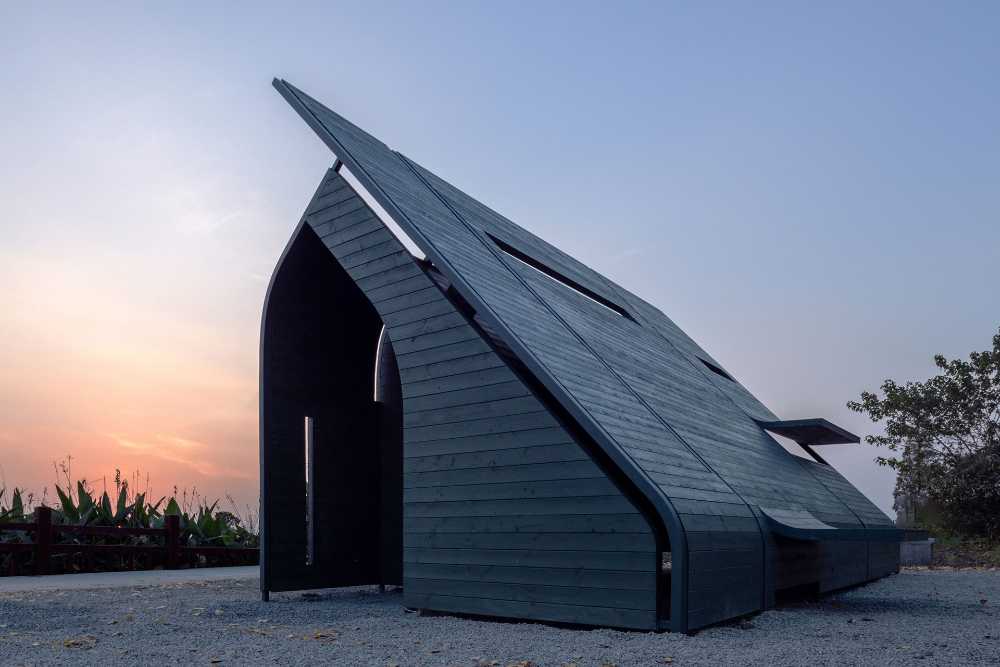

A wood pavilion as an experiment for an archetypal space
The wooden pavilion is a spatial experiment in which the designers of LIN Architects give up considering functional elements, looking instead for keywords that can define the spatial elements in the environment
- #Asia
- #China
- #Architectures
- #Focus
- #Furniture
- #Outdoor
- #Park
- #Wood
- #Design
- #Garden
- #Architecture
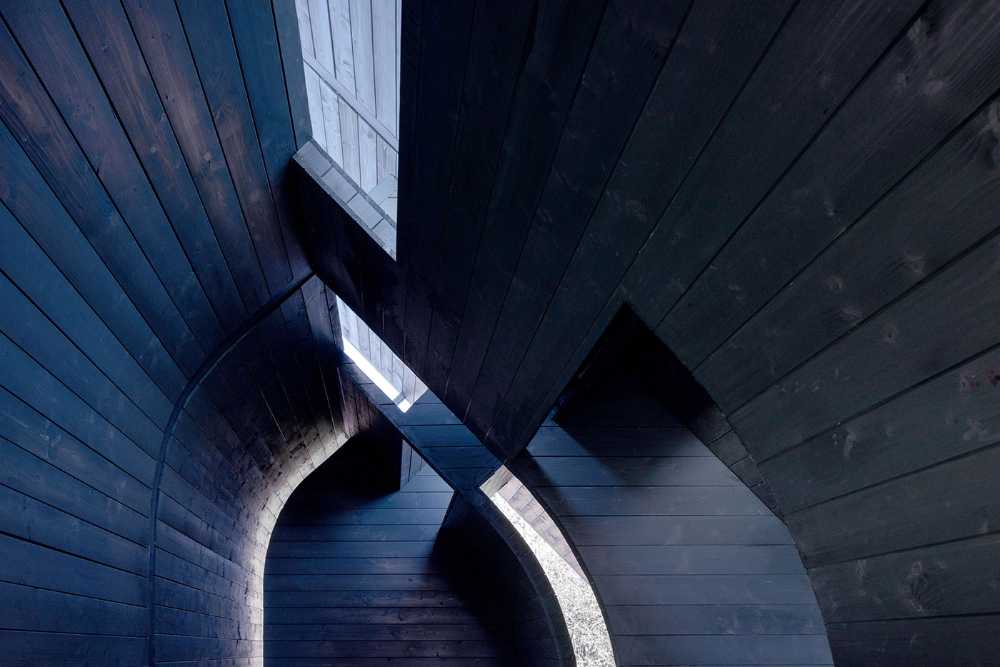
Light and its transformations throughout the day, the rising of the sun, the setting of the sun, the passing of the last light, the time to turn on the lamps, all these are a dialogue between space and time
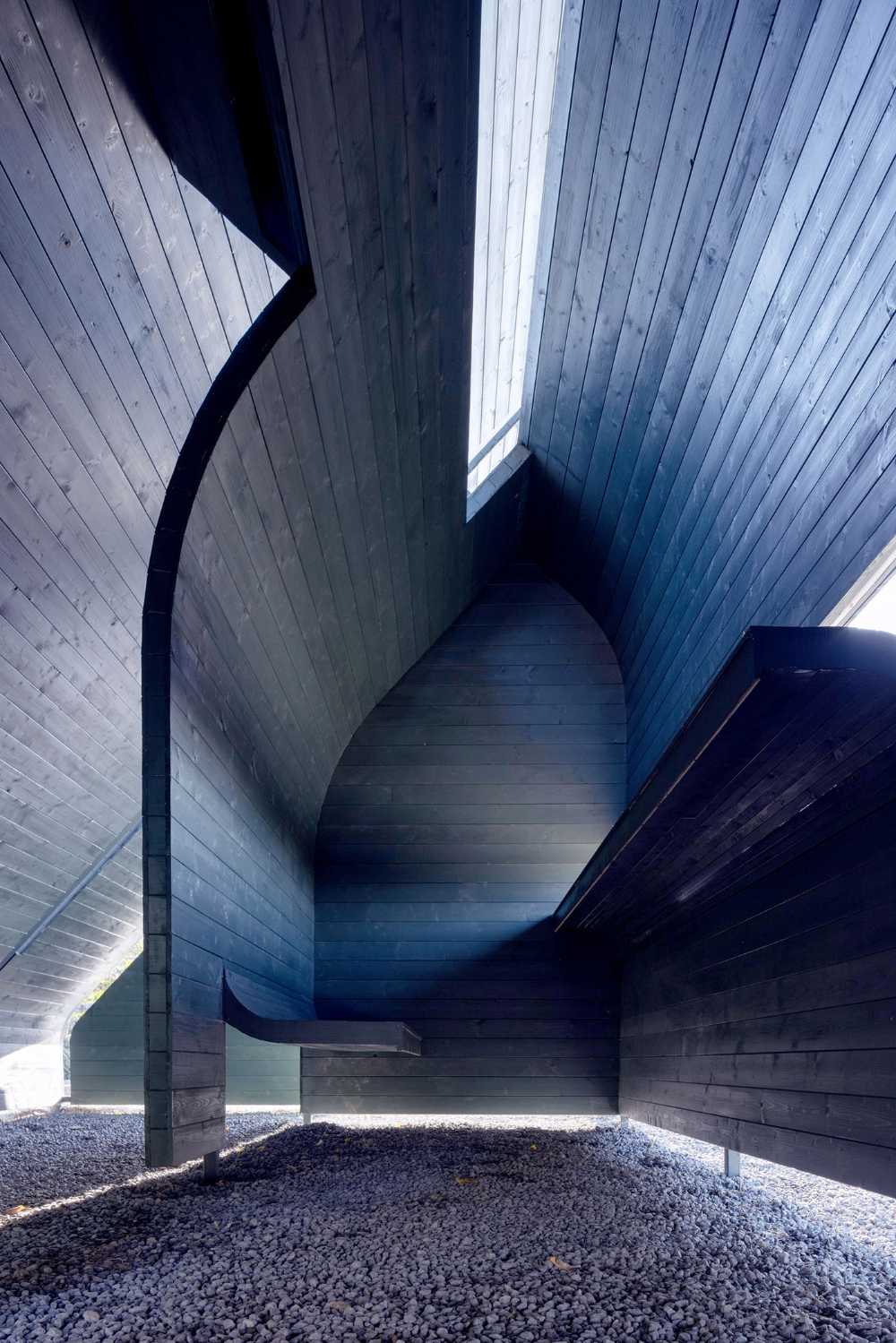
The surroundings, the sea breeze, the rustling of leaves, the concerts of frogs, the singing of cicadas, are the means by which space dialogues with human beings
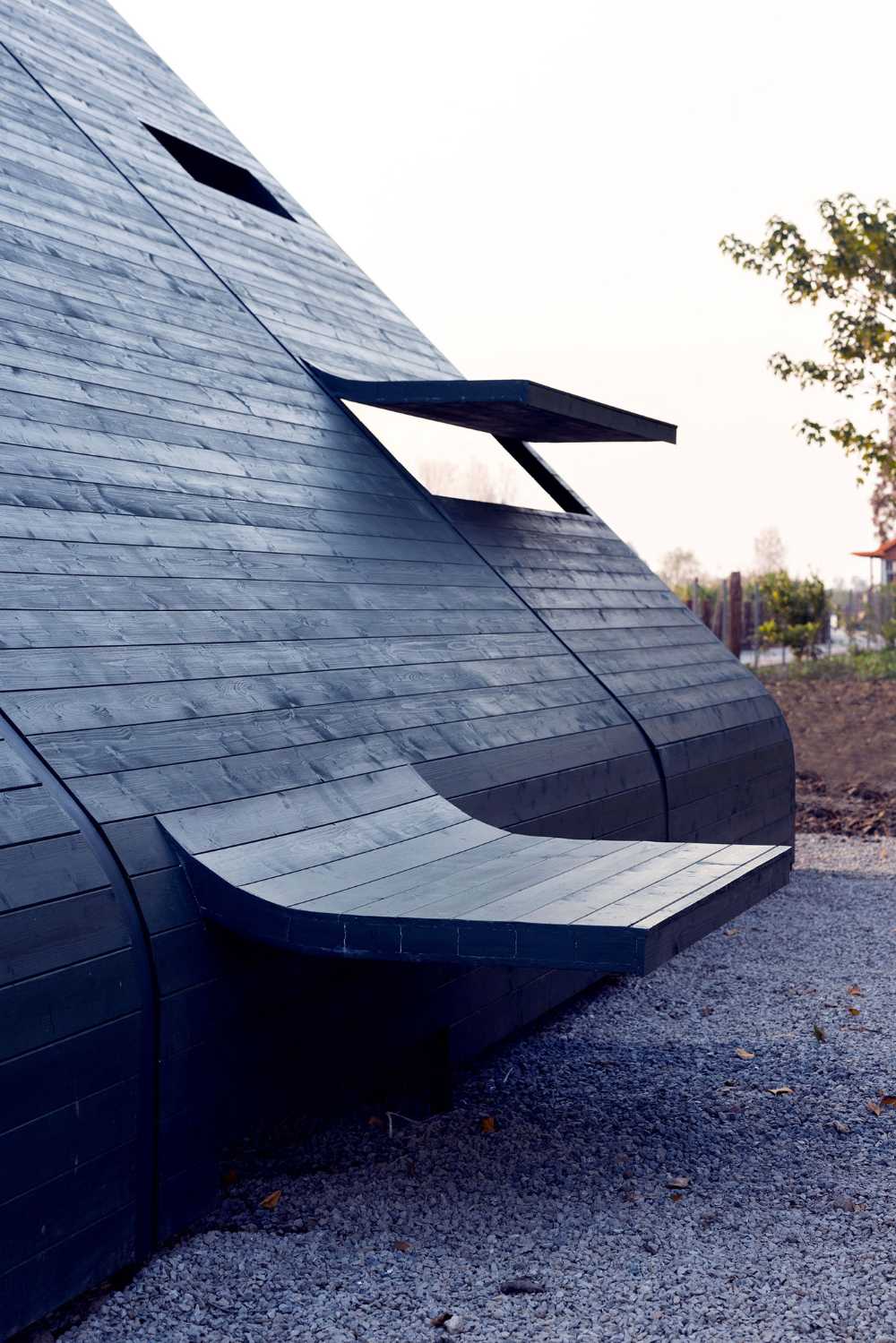
The choice of materials prioritizes the combination of steel structure and wood. Steel is easy to hot-bend to shape the main structure. The wooden keel is the secondary structure, and the texture and characteristics of wood interact with the surrounding environmental elements, changing over time.
Steel and wood are prefabricated and welded together on site
